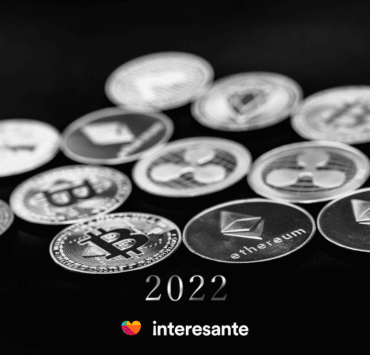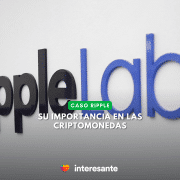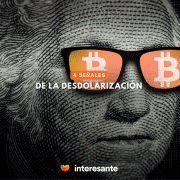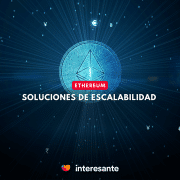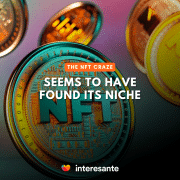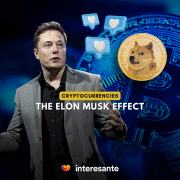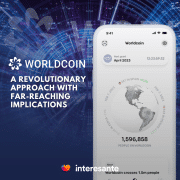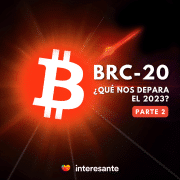AI Product Developer
Why is it necessary to migrate from Web 2.0 to Web 3.0? Wouldn’t it be enough to extend existing applications to reach more users and ensure a stable and free service? It’s not that easy, as this would cause other problems. For example, Web 2.0 services are getting bigger and need to scale to meet the demand of their users. Thus, more infrastructure is required to function correctly, such as servers, staff, and office space.
The future of Web 2.0 thus depends on addressing the issue of scalability. However, this would give more power to centralized applications. Below are the problems that Web 3.0 will solve and new possibilities that are becoming more and more powerful, such as NFTs and the metaverse.
Solved Problems with Web 3.0
Before Web 3.0, users and developers had to choose between the limited functionality of Web 1.0 and the centralized model of Web 2.0. At first, Web 1.0 focused on linking content together, while Web 2.0 began linking programs to content to create dynamic applications.
Web 3.0 combines the best aspects of the previous ones, as it links to content and applications directly between users through public verification without the need for intermediary organizations. It has all the benefits of Web 2.0 interactivity but is more reliable. It is a crucial point because if a service guarantees that it is not storing or observing your data, the user should be able to verify it.

Data Storage without Consent
A clear example of why a migration to Web 3.0 is necessary is social networks. Many have stored data without the user’s knowledge and sold it to the highest bidder. The case of Facebook, which misleadingly held user information, was highly publicized.
It got them a fine of 5 billion dollars before the Federal Trade Commission. The little privacy of many social networks is a big problem that Web 3.0 can improve since it can offer more transparent services.
Centralized Services more Susceptible to Failures
Another problem with Web 2.0 is that its platform services are decentralized. It means that they can stop working at any time. A clear example was the problem that Facebook, Instagram, and WhatsApp had at the beginning of October.
Simultaneously, the three platforms stopped working as they shared the same centralized server infrastructure. It makes them susceptible to hacking or being discontinued.
Web 3.0 allows for building entirely decentralized platforms. Therefore, it is difficult for them to be hacked or attacked until they are out of service.

Unfriendly Growth Trend with Partners and Users
Many giants like Apple, Facebook, Twitter, and Google take unfriendly actions against the user or have partners that they hurt in the long run. Initially, these big companies do their best to recruit users, investors, developers, and creators. Once they do, their power grows such that the only way to scale is by extracting information from users and competing with their former partners.
For example, Apple and Epic went to court over the way Apple wanted to take advantage of Epic. Something similar happened with Zynga and Facebook. At the beginning of the relationship, these applications have an alliance, but there comes the point where the giants stop needing them and get rid of them or harm them. It becomes a transition between cooperation and competition for small businesses, putting a damper on innovation.
For large companies, the impact is minimal since they have a guaranteed market. However, it has a significant influence on developers since they face two possible paths: choose not to work with centralized companies because they fear this life cycle or work for them knowing that they will be replaced or discarded in the future.
Many developers have considered this cycle inevitable and have therefore chosen not to work with these platforms, resulting in less exposure in the market.
Web 3.0 Decentralizes Services with Blockchains and NFTs
Web 3.0 offers to decentralize services through blockchains, which allows them to be verifiable and therefore more secure. Blockchains are powered by fungible goods like Ether or Bitcoin, incentivizing physical computers to keep the network running.
With Web 3.0, users and developers can own parts of internet services through the interaction between fungible (digital currencies) and non-fungible (NFT, non-fungible tokens) goods. NFTs allow the possession of art, photographs, code, text, video game objects, credentials, government rights, and any other digital asset. They are created on blockchains such as Ethereum, Solana, Terra, or Harmony, which are decentralized networks with free access and which no one owns.

One of the ways to obtain expendable and non-expendable goods is to buy them, although there are other ways to get them. For example, Uniswap, a decentralized cryptocurrency buying, and selling platform conducted what is known as an airdrop to early adopters. It sent free cryptocurrencies to encourage its adoption.
Blockchains and their consumables are clear examples of Web 3.0 platforms. With them, users are encouraged to promote the growth of the forum and the appreciation of the expendable good. It solves many problems of centralized networks where a single company accumulates value.
The Metaverse and other Implications
The metaverse is a series of virtual 3D spaces where users can interact with services and applications anywhere. Its name originates from Neal Stephenson’s novel Snow Crash, where he referred to the metaverse as a virtual 3D world inhabited by avatars of real people. The metaverse is an idea of massive interaction through a series of digital spaces; therefore, several can exist in our digital life.
Web 3.0 is central to creating metaverses thanks to its verifiable, decentralized, and secure systems. Let’s think that a centralized metaverse would be the equivalent of creating a digital currency system with Web 2.0. It is what may happen with Mark Zuckerberg’s Meta announcement.
If the Facebook metaverse runs on a centralized network, it can be detrimental to users because of the same Web 2.0 issues discussed. There are plenty of skeptics with legitimate concerns about the Facebook metaverse, and it’s wise to question them further.
Web 3.0 is just Beginning
Web 3.0 is a movement that includes a group of technologies and people associated with creating a decentralized, verifiable, and secure web. It implies giving users power and ownership over their identity, security, and transaction data. In the future, Web 3.0 will be part of our lives and will transform them, so now is a great time to get involved.

An example of how digital life will completely change is with the creation of the metaverse. It is not clear how this new virtual space will work. Meta’s proposal may be contained in a centralized platform, or it may work through its blockchain and be somewhat decentralized. It is not clear how the metaverse will work in the future, but it is prudent to assert that it does not still hold up with Web 3.0.
Similarly, interactions between Web 3.0 and blockchains are gaining ground in the financial, artistic, and legal fields. They will also have drastic implications in disciplines such as law and economics, to name just a few.
The fantastic thing is that this decentralized web will require the creation of a new jurisdiction: an internet-native computational law. This revolution is broader than we can yet conceive.


